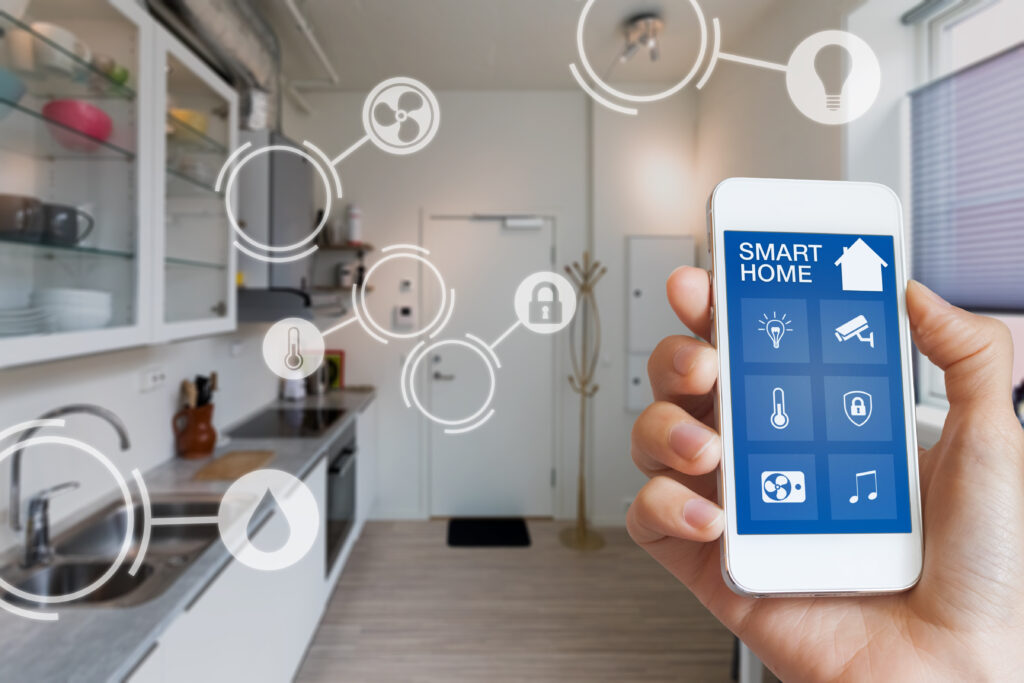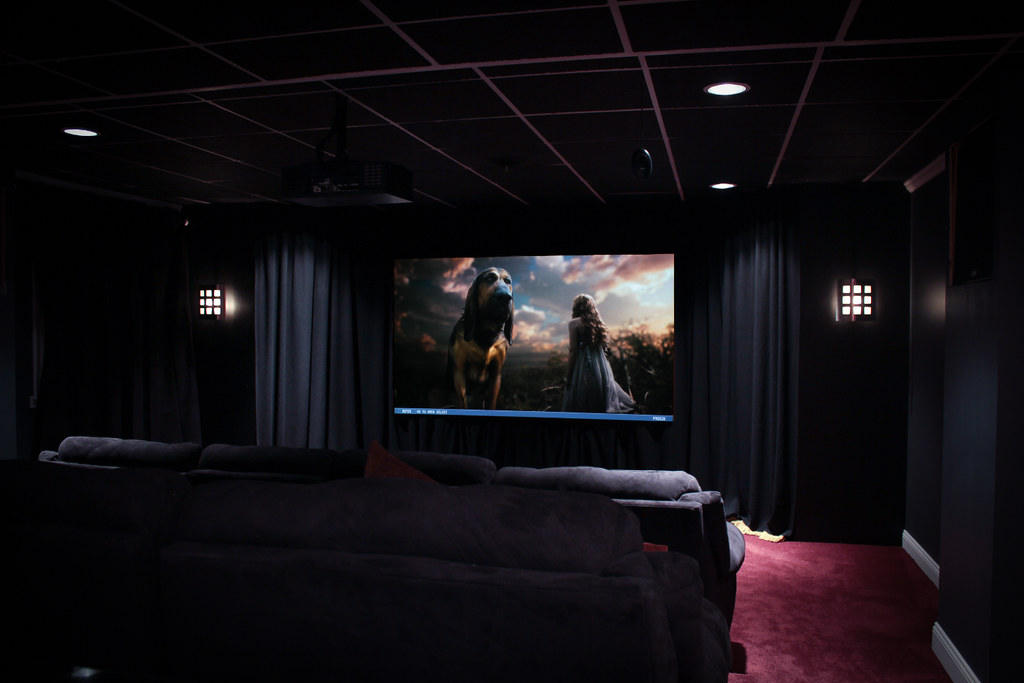Smart homes are no longer a futuristic dream—they’re today’s reality. Imagine arriving home to lights that adjust themselves, music that fits your mood, and the thermostat set just the way you like it—all triggered automatically. That’s the magic of custom smart home scenes. Whether you’re new to home automation or looking to level up your setup, learning how to create personalized scenes can transform your daily routine, boost convenience, and even save energy.
Let’s dive into the world of smart home scenes and discover how you can tailor your environment to fit your lifestyle perfectly.
What Are Smart Home Scenes?
A smart home scene is a pre-set combination of actions across multiple smart devices, triggered by a single command or event. Instead of controlling each device separately, a scene lets you automate everything at once. For example, a “Good Morning” scene might open your blinds, turn on the coffee maker, and play your favorite playlist—all with one tap or voice command.
Why Create Custom Smart Home Scenes?
Custom scenes put you in control of your environment. Here’s why they’re worth your time:
- Convenience: Automate repetitive tasks and simplify your day.
- Comfort: Set the perfect ambiance for any moment—movie night, dinner, or bedtime.
- Energy Efficiency: Turn off unnecessary devices and lights automatically to save on bills.
- Security: Simulate occupancy when you’re away or trigger routines that enhance safety.
Getting Started: What You’ll Need
Before creating your first scene, make sure you have:
- A smart home hub or app (like Apple HomeKit, Amazon Alexa, Google Home, or Samsung SmartThings)
- Compatible smart devices (lights, plugs, thermostats, speakers, etc.)
- A reliable Wi-Fi network
Most major platforms support scenes, but device compatibility may vary. Check your devices’ specs and ensure they’re all connected to your chosen ecosystem.
Step 1: Define Your Goals
Start by asking yourself: What do I want my smart home to do? Think about your daily routines and pain points. Do you want a cozy bedtime routine? A welcoming atmosphere when you get home? Or maybe a way to save energy while you’re at work?
Write down a few scenarios you’d like to automate. Here are some popular ideas:
- Wake-Up Scene: Gradually brighten lights, play soft music, and start the coffee maker.
- Leaving Home: Turn off all lights, adjust the thermostat, and lock the doors.
- Movie Night: Dim the lights, close the blinds, and turn on the TV.
- Goodnight: Turn off lights, lower the thermostat, and arm the security system.
Step 2: Choose Your Platform
The process of creating scenes varies slightly depending on your smart home platform. Here’s a quick overview of the most popular options:
Apple HomeKit
- Open the Home app.
- Tap the “+” icon and select “Add Scene.”
- Choose a suggested scene or create your own.
- Add accessories and set their actions (e.g., dim lights to 30%).
- Name your scene and assign it to a room if needed.
- Save and test your new scene.
Amazon Alexa
- Open the Alexa app.
- Tap “More” and select “Routines.”
- Tap the “+” icon to create a new routine.
- Set a trigger (like a voice command or schedule).
- Add actions (control devices, play music, send notifications, etc.).
- Name your routine and save.
Google Home
- Open the Google Home app.
- Tap “Routines.”
- Tap “Add a routine” or edit an existing one.
- Set a trigger and add actions (adjust lights, play audio, control plugs, etc.).
- Name and save your routine.
Samsung SmartThings
- Open the SmartThings app.
- Tap “Automations” and select “Add Scene.”
- Choose devices and set their states.
- Name your scene and save.
Step 3: Add Devices and Set Actions
Now it’s time to customize your scene. Add the devices you want to control and specify their actions. For example:
- Lights: Set brightness, color temperature, or turn off/on.
- Thermostats: Adjust temperature or switch modes.
- Smart Plugs: Turn appliances on or off.
- Speakers: Play music, news, or white noise.
- Blinds/Shades: Open or close to your preference.
- Security Devices: Arm/disarm systems or lock doors.
Mix and match devices to create the perfect atmosphere for each scene.
Step 4: Choose Triggers
Triggers are what activate your scene. They can be:
- Manual: Tap a button in your app or use a voice command.
- Scheduled: Set a specific time (e.g., every weekday at 7 AM).
- Sensor-Based: Use motion, door, or light sensors to trigger scenes.
- Location-Based: Activate scenes when you arrive or leave home (geofencing).
Combining triggers with custom scenes lets you automate your environment with precision.
Step 5: Test and Refine
After setting up your scene, test it out. Make sure every device responds as expected. Sometimes, you might need to tweak settings or adjust the order of actions for a smoother experience.
Don’t be afraid to experiment. The beauty of smart home automation is its flexibility. If something doesn’t feel right, you can always edit your scene.
Pro Tips for Creating Effective Smart Home Scenes
- Start Simple: Begin with basic scenes. As you get comfortable, add more devices and complexity.
- Name Scenes Clearly: Use descriptive names like “Relax,” “Away,” or “Dinner Time” for easy voice control.
- Group Devices Logically: Assign devices to rooms or zones for better organization.
- Use Conditional Logic: Some platforms let you add “if this, then that” rules for advanced automation.
- Prioritize Security: Always include security checks in “leaving home” or “goodnight” scenes.
Creative Scene Ideas for Every Lifestyle
Looking for inspiration? Here are a few creative ways to use custom smart home scenes:
- Workout Mode: Brighten lights, play an energizing playlist, and start a fan.
- Kids’ Bedtime: Dim lights, play lullabies, and turn off screens.
- Party Time: Set colorful lighting, cue up your party playlist, and adjust the thermostat for comfort.
- Focus Zone: Turn on desk lamp, play background noise, and silence notifications.
The possibilities are endless—customize scenes to fit your unique needs and preferences.
Troubleshooting Common Issues
Sometimes, things don’t work as planned. Here’s how to fix common problems:
- Devices Not Responding: Check Wi-Fi connectivity and ensure all devices are online.
- Scenes Not Triggering: Double-check triggers and schedules. Make sure permissions are set correctly.
- Incompatible Devices: Use smart home bridges or hubs to connect devices from different brands.
- Delayed Actions: Reduce the number of actions or split complex scenes into smaller routines.
If you run into persistent issues, consult your platform’s support resources or user forums for help.
Future-Proofing Your Smart Home
Smart home technology evolves quickly. To keep your system running smoothly:
- Regularly update device firmware and apps.
- Choose devices that support common standards like Matter or Zigbee for better compatibility.
- Back up your scene configurations if your platform allows.
- Stay informed about new features and integrations.
By planning ahead, you can ensure your smart home remains flexible and future-ready.
Conclusion: Make Your Home Work for You
Creating custom smart home scenes isn’t just about convenience—it’s about tailoring your environment to support your lifestyle. With the right setup, you can enjoy seamless automation, greater comfort, and even peace of mind. Start simple, experiment with different scenes, and soon you’ll wonder how you ever lived without them.
Ready to transform your living space? Dive into your smart home app today and start creating scenes that work for you. Your smarter, more comfortable home is just a few taps away!
Call to Action:
Take control of your comfort and convenience—start creating your own custom smart home scenes today! Share your favorite automations or ask questions in the comments below. Your dream smart home is closer than you think!






